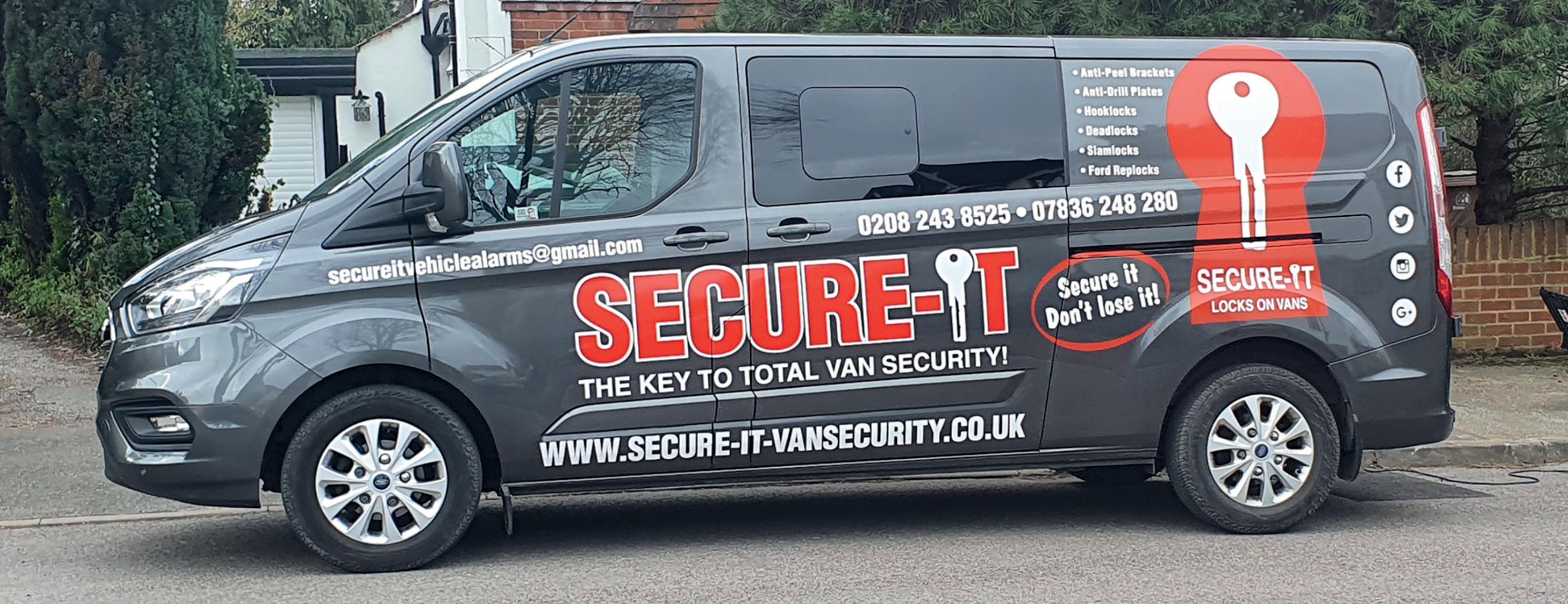
5 minute read
The importance of drivers
THE IMPORTANCE OF
This winter, perhaps more than ever before, keeping the wheels of business turning will be a major priority for fleet managers, as companies battle to meet the needs of the ever more demanding home delivery market. For some, that will mean taking on additional drivers, if they can find them, while bringing in more vehicles to cope with the sheer number of deliveries.
At times like these, when the focus is very much on day-to-day problem solving, it can be all too easy to put some fleet management best practise to one side. This is particularly true when it comes to drivers. Yet it is often the case, particularly in times of crisis, when sticking to planned methods of operation and ensuring that all members of staff are involved, can really pay dividends.
Licence rules
Fleet management starts before the driver gets into the van, with licence checking and entitlement to drive anal-
DRIVERS
ysis. There are plenty of providers of licence checking services, while all drivers should be able to produce a DVLA check code, to allow managers to see their current driving status online.
This is particularly important at present if you tow trailers, as the rules were due to change on November 15, but this change has been delayed. If your drivers passed their car driving tests before January 1, 1997, they still have Grandfather Rights that allow a vehicle and trailer combination of up to 8,250kg to be driven. However, for now at least, drivers that passed their test after January 1, 1997, remain limited to a van up to 3.5-tonnes, with a trailer mass of just 750kg, or a total combination weight of 4,250kg.
3.5-tonnes in weight, that are not powered by alternative fuels, then drivers also will need to have a tachograph card if the van or truck is used for hire and reward. This is the same for larger vans and pick-ups that are towing for hire and reward, where gross train mass exceeds 3.5 tonnes.
If you are not using tachographs, adhering to driver’s hours legislation remains a legal requirement, even in smaller vans. Drivers should not drive more than 10 hours in a 24-hour period, or complete more than 11 hours of daily duty (working but not necessarily driving). They cannot spend more than 56 hours at the wheel within a week and they should not exceed 90 hours in any two consecutive weeks. Continued overleaf
Continued from previous page
Vehicle checks
Cold, dark mornings, with drivers under pressure to meet delivery targets, are a recipe for missed daily vehicle checks. However, the few minutes that it takes to walk around the vehicle, check lights and tyres and look for any damage, can save hours at the side of the road waiting for the breakdown truck, or worse, answering to the police when the vehicle is stopped.
Whether it’s recorded on paper, or through a smartphone app, a daily check can be critical to ensure the safety of the vehicle, but can also be economically significant, if tyres are damaged or there are leaking compo-

Lone workers can suffer from additional stress
nents in the driveline, that could result in an unplanned vehicle off the road situation.
Load security
When additional vehicles are hired in for short-term fleet expansion, the chances of a racking system being installed are slim, so goods are likely to move in transit. We’ve all had parcels delivered that look as if they’ve been kicked around the back of the van for most of the day. While this is annoying as a customer, it can also be costly for the carrier, as returns due to damage can result in financial consequences. This can be prevented through the use of load restraints and planned loading.
Simply loading a van with a variety of goods without thought to unloading can also cost time at the side of the road, as the driver searches through the van for the right package. Pre-planning of routes and delivery scheduling can prevent costly standing time as the right parcel is finally found.
Efficient driving
Perhaps expecting van drivers to hit new highs of fuel economy while making Christmas deliveries is a step too far. However, if safe and fuel-efficient driving techniques are built into a company’s everyday approach, including regular communication with drivers, they should pay dividends when the going gets tough. Just because a driver is on a temporary contract to get the company through a busy period, doesn’t mean that they won’t become a full-time employee at a later stage. There is no shortage of driver training available, both in person and remotely through video and online courses. There are benefits for the driver and the company, with improved safety, reduced fuel consumption and lower maintenance costs among the biggest potential savings. By learning and practising defensive driving techniques, drivers can also contribute to the overall reputation of the company. Additional driver training may also be required if you have started the move to an electric future. Getting the best out of an e-LCV requires familiarisation and tuition. Simply jumping out of a diesel van and into an EV will not result in efficient battery use.
Driver care
Perhaps less obvious, but certainly no less important, is the health and wellbeing of your drivers. If you are asking staff to meet the demands of additional work during the seasonal delivery boom, it is vital that you ensure that they remain fit to work. It is well documented that lone workers can suffer from additional stress and it is a manager’s responsibility to ensure that drivers are not overdoing it and putting themselves and other road users at risk.
While few delivery drivers will be attending office parties this month, having effective policies for ensuring that alcohol and drugs use are monitored, can also be vital for safe vehicle operation.


We specialise in Deadlocks, Slam Locks, Slam Handles, Ford Rep Locks, Anti Peel Kits, Anti Drill Plates and Shielding. Mobile fitting service from single man-in-a-van to fleet operators.


















